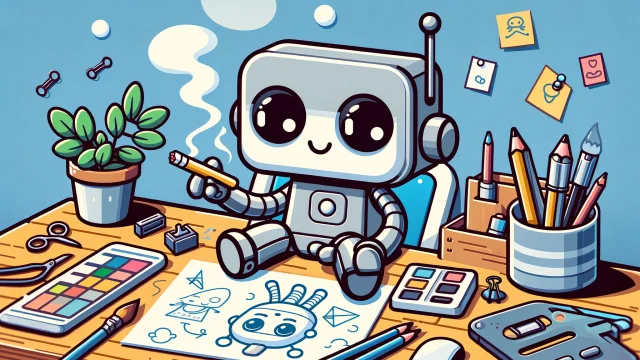Akira Toriyama Says It Is Canon: Defining the Dragon Ball Universe
Akira Toriyama, the legendary creator of Dragon Ball, has played a crucial role in shaping the canon of his expansive universe. Over the decades, fans have debated what constitutes official Dragon Ball lore, often turning to statements from Toriyama himself for clarity. The phrase “Akira Toriyama says it is canon” has become a cornerstone in discussions surrounding the authenticity and legitimacy of various Dragon Ball stories, characters, and spin-offs.
What Does “Canon” Mean in the Dragon Ball Universe?
In the context of Dragon Ball, canon refers to the stories, characters, and events that are officially recognized as part of the main timeline or narrative. With numerous manga chapters, anime adaptations, movies, and spin-offs, the Dragon Ball franchise has a vast and complex history, making the definition of canon crucial for fans.
Toriyama’s Role in Establishing Canon
As the original creator, Toriyama’s involvement often determines what is considered canon. Stories, characters, or events directly penned or supervised by Toriyama are typically accepted as part of the official narrative.
Examples of “Akira Toriyama Says It Is Canon”
1. The Dragon Ball Super Series
When Dragon Ball Super was announced, fans questioned its place in the Dragon Ball timeline. Toriyama confirmed his involvement in the story’s development, solidifying its status as canon. The series picks up after the events of Dragon Ball Z, introducing new arcs such as the Tournament of Power and the Broly saga.
2. Dragon Ball Super: Broly (2018)
The 2018 movie Dragon Ball Super: Broly reimagined the character Broly, integrating him into the official Dragon Ball timeline for the first time. Toriyama personally revised Broly’s backstory, stating that this version of the character is canon, unlike the non-canon Broly movies from the 1990s.
3. Dragon Ball Minus
In 2014, Toriyama wrote Dragon Ball Minus, a manga chapter that redefined Goku’s origins and his parents’ story. This chapter was included in Jaco the Galactic Patrolman and later referenced in Dragon Ball Super: Broly, making it part of the official canon.
Non-Canon Works and Fan Confusion
The Dragon Ball franchise includes many spin-offs, alternate timelines, and adaptations that are not considered canon:
- Original Broly Movies (1990s): While popular among fans, these movies were not directly written or overseen by Toriyama.
- Dragon Ball GT: Though beloved by some fans, GT was not created by Toriyama and is often classified as non-canon. However, certain elements, like Super Saiyan 4, remain culturally significant.
Toriyama’s direct involvement or lack thereof often serves as the dividing line between canon and non-canon.
The Importance of Canon in Dragon Ball
Understanding what is canon helps fans contextualize events and characters within the main timeline. It also ensures consistency in storytelling, particularly as new arcs and adaptations are introduced. Toriyama’s statements and involvement provide the definitive guide for what constitutes the “true” Dragon Ball universe.
Conclusion: When Akira Toriyama Says It’s Canon, Fans Listen
In the world of Dragon Ball, Akira Toriyama’s word is the ultimate authority. His involvement in shaping the narrative and redefining characters ensures that the franchise remains cohesive and engaging. For fans, the phrase “Akira Toriyama says it is canon” is more than a declaration—it’s a promise of authenticity and connection to the legacy of one of manga’s greatest creators.

